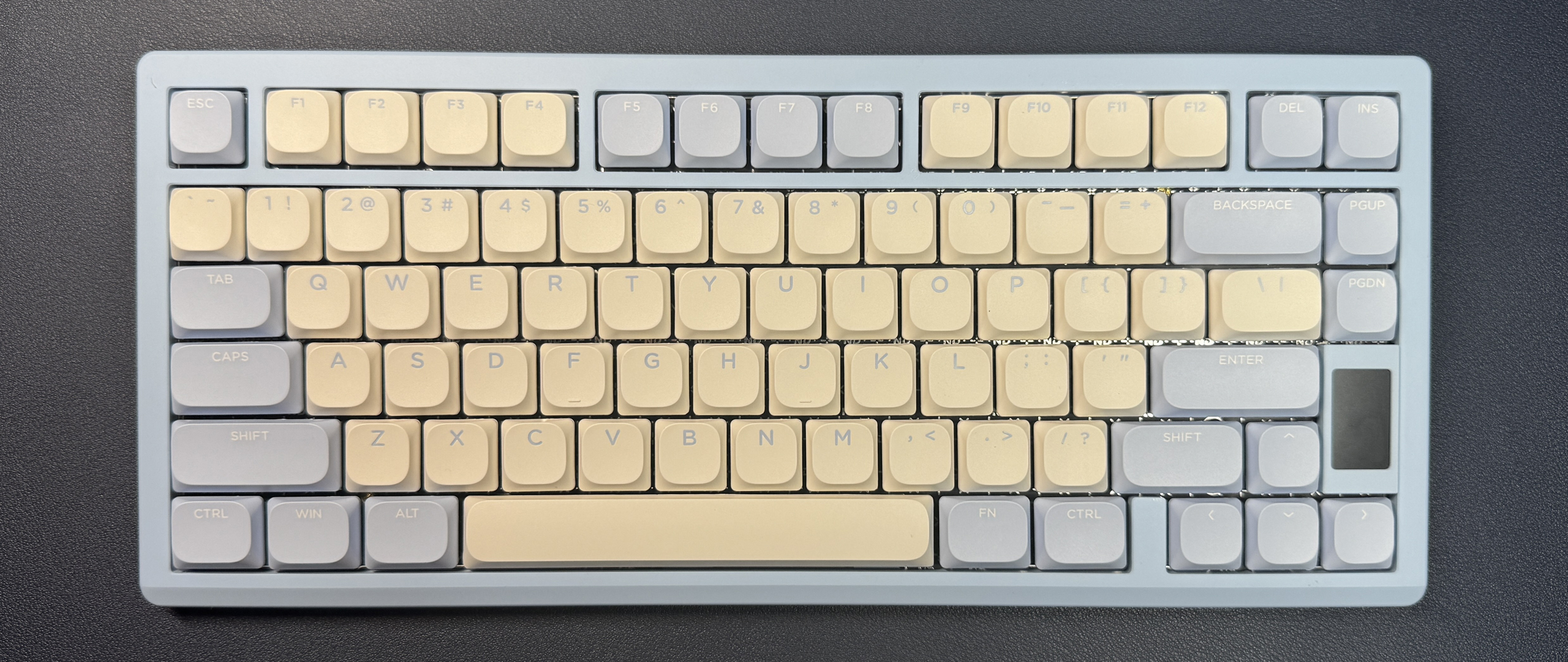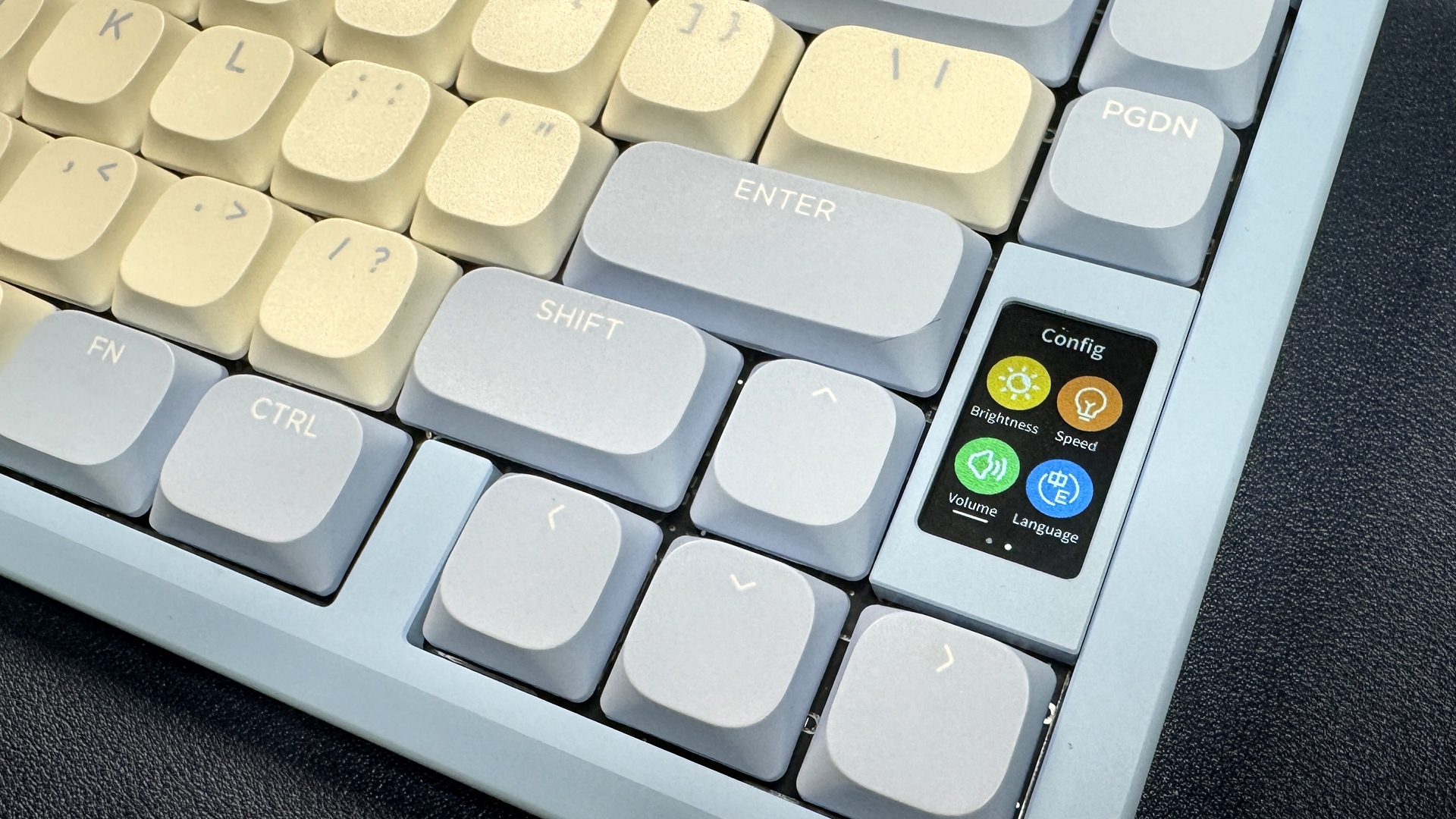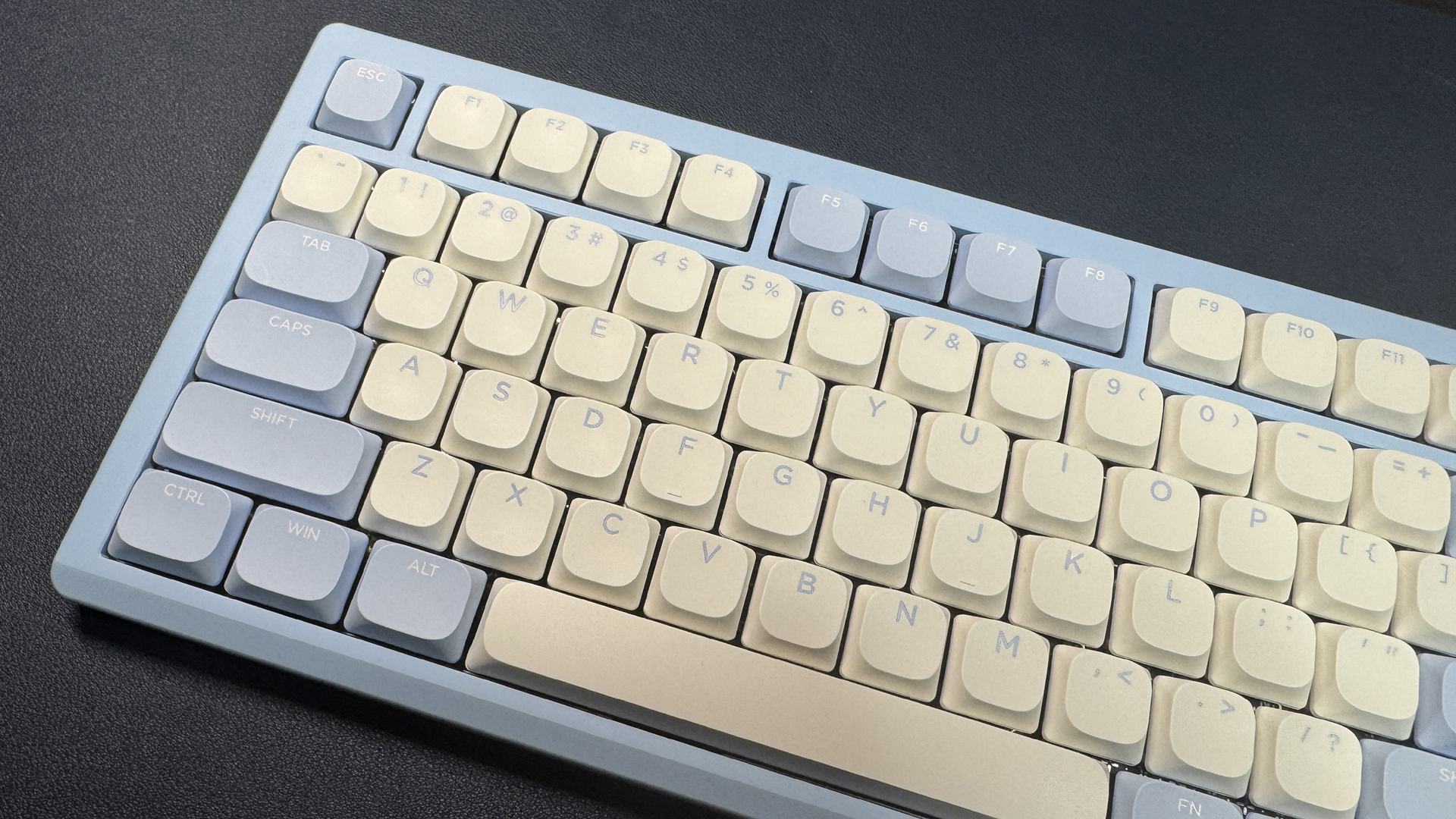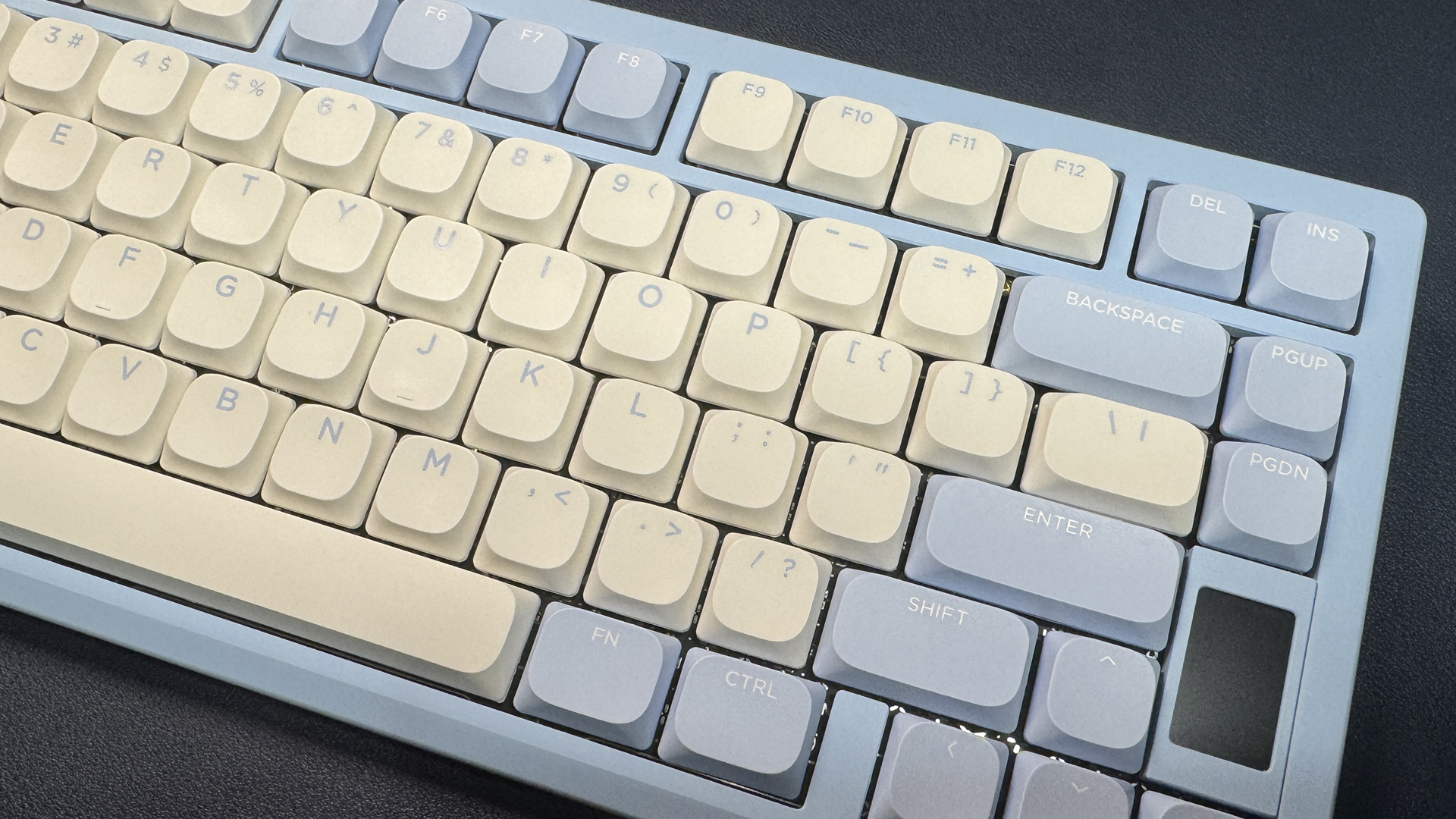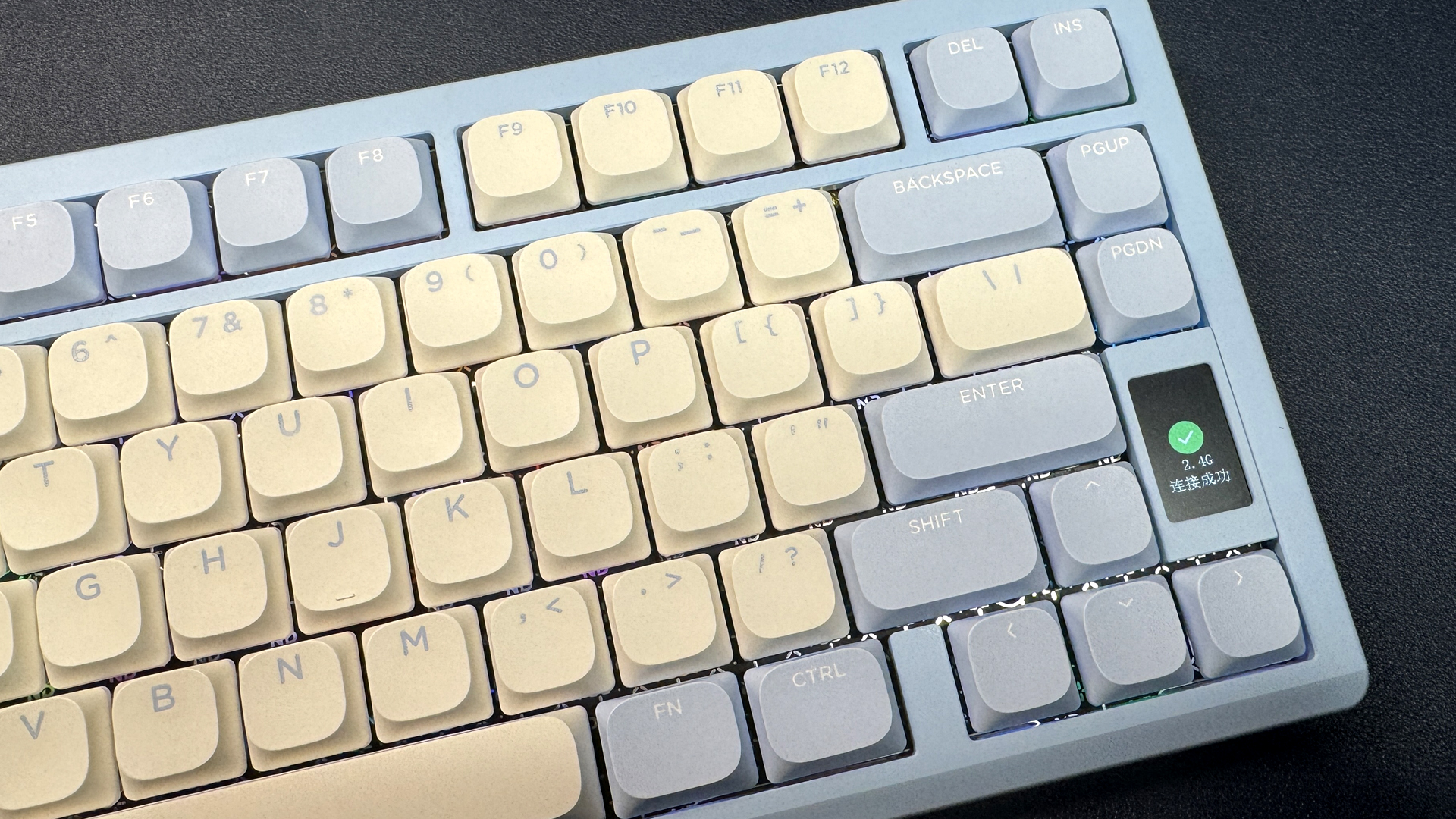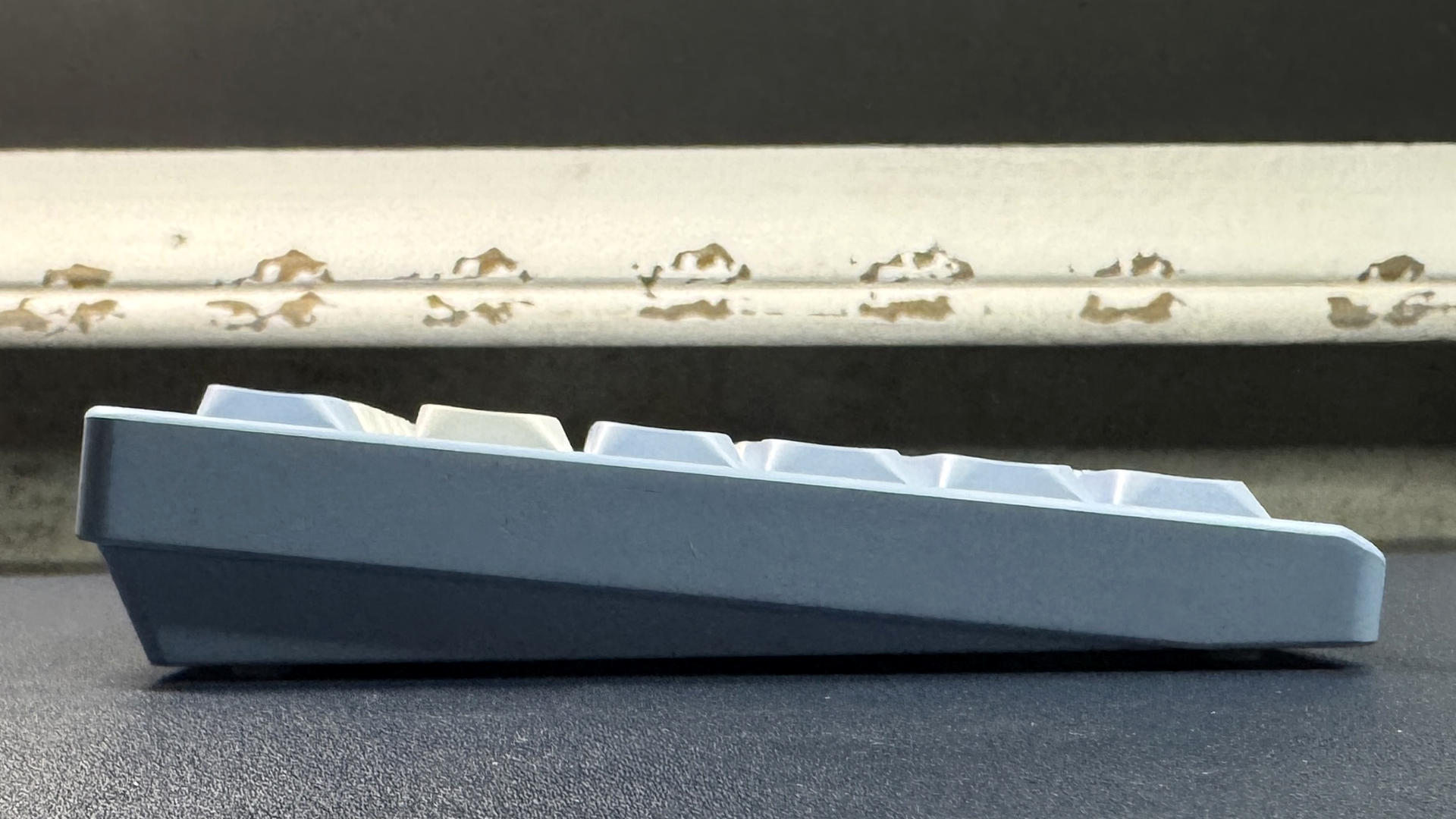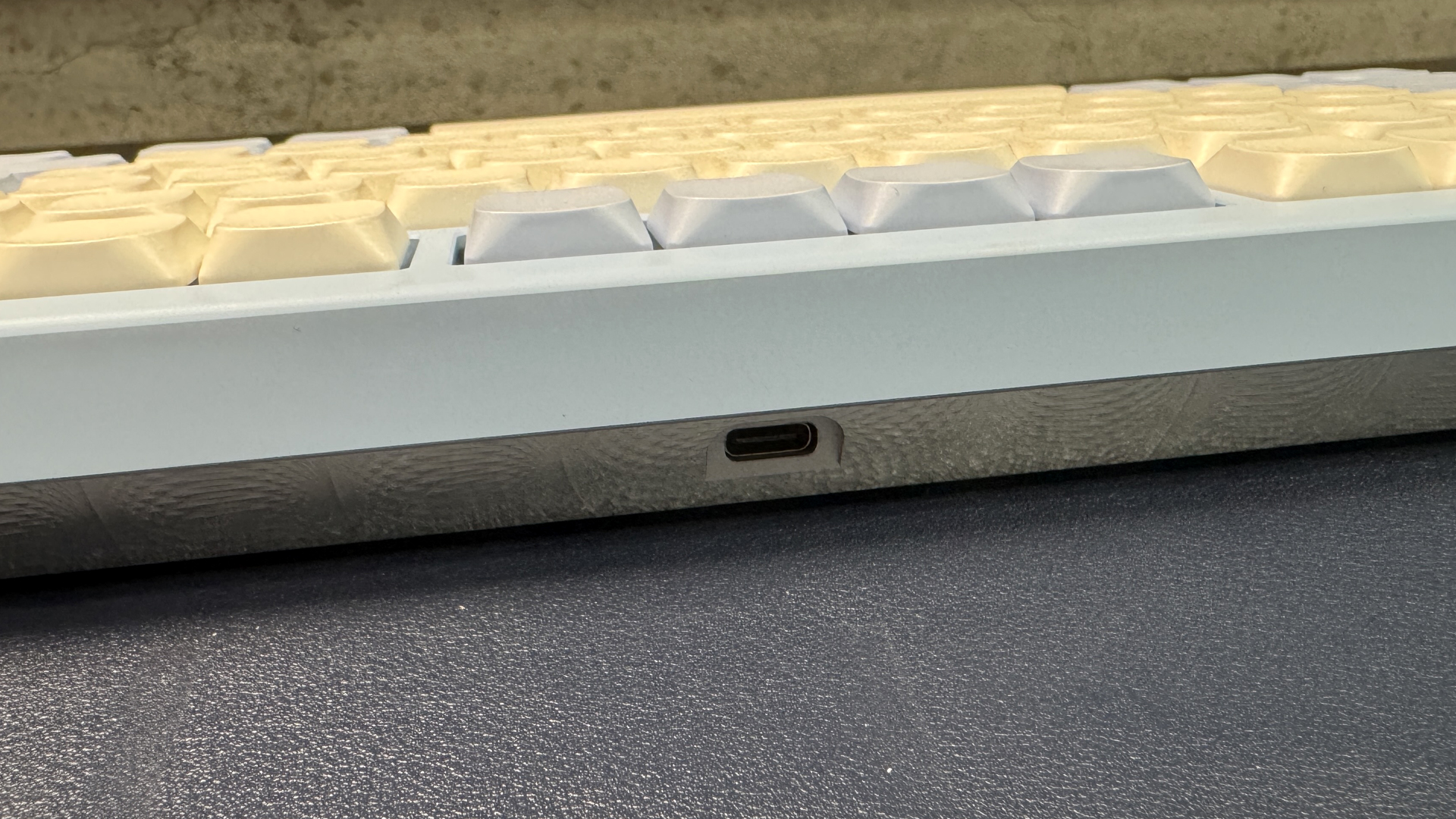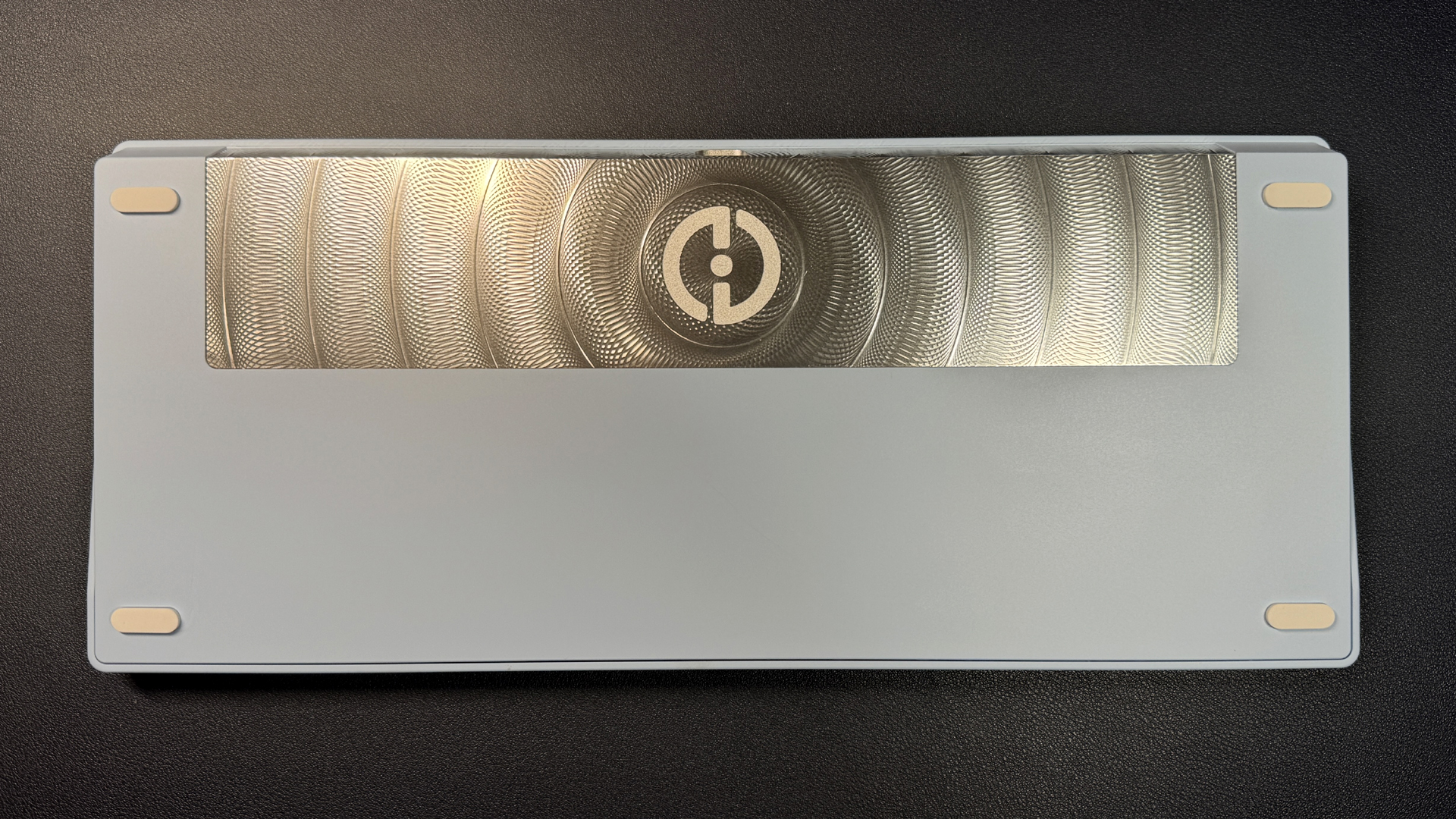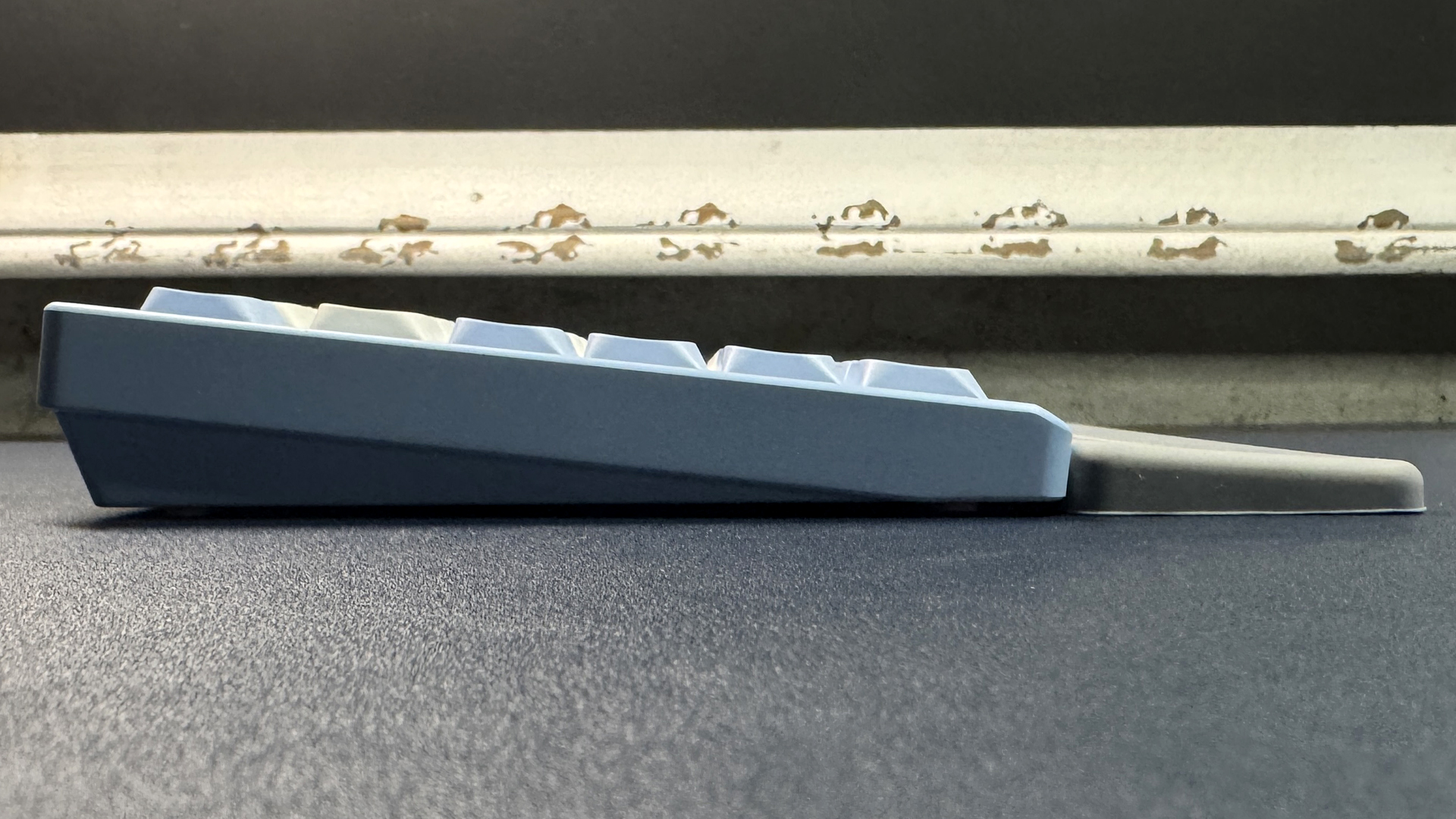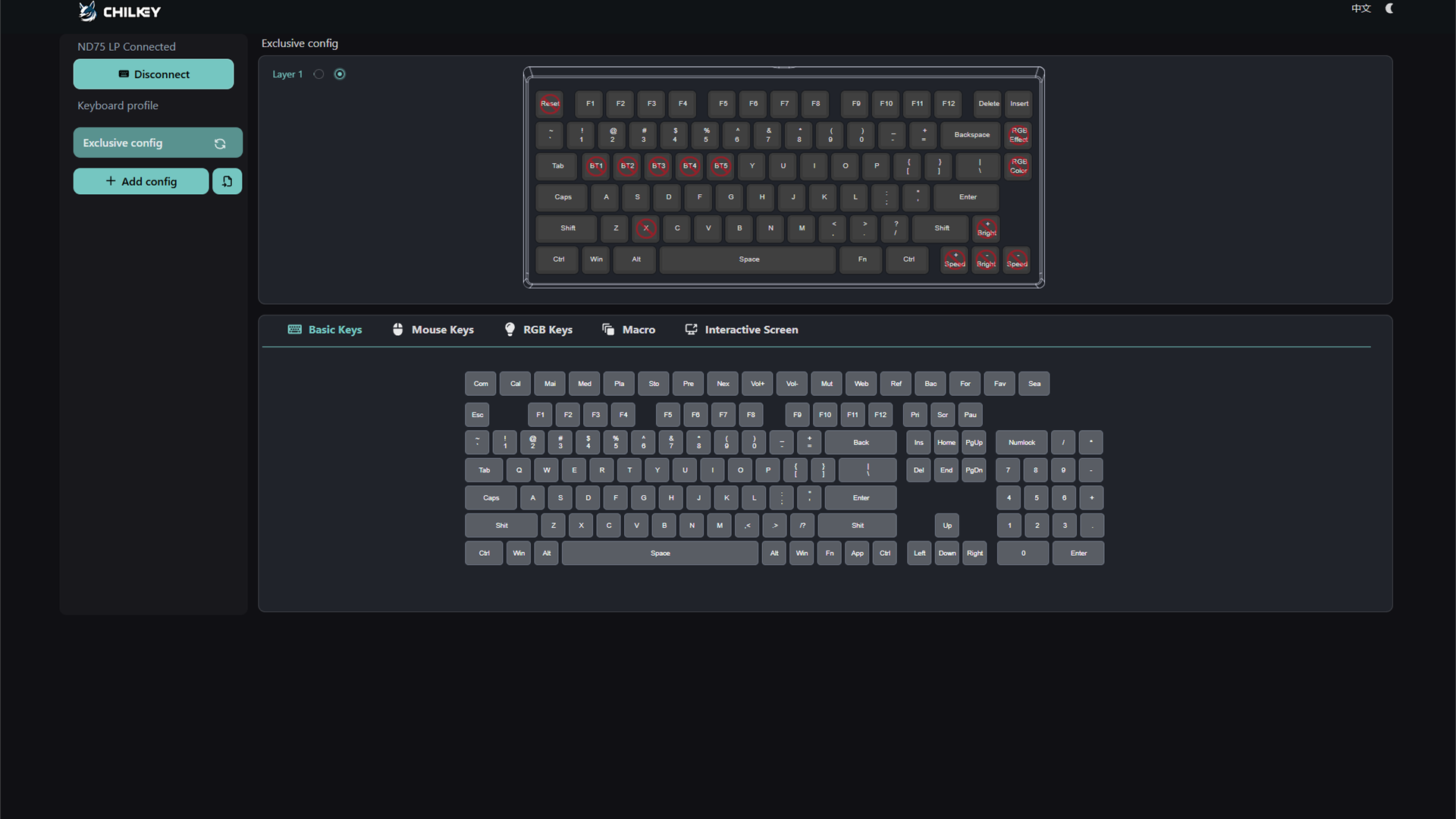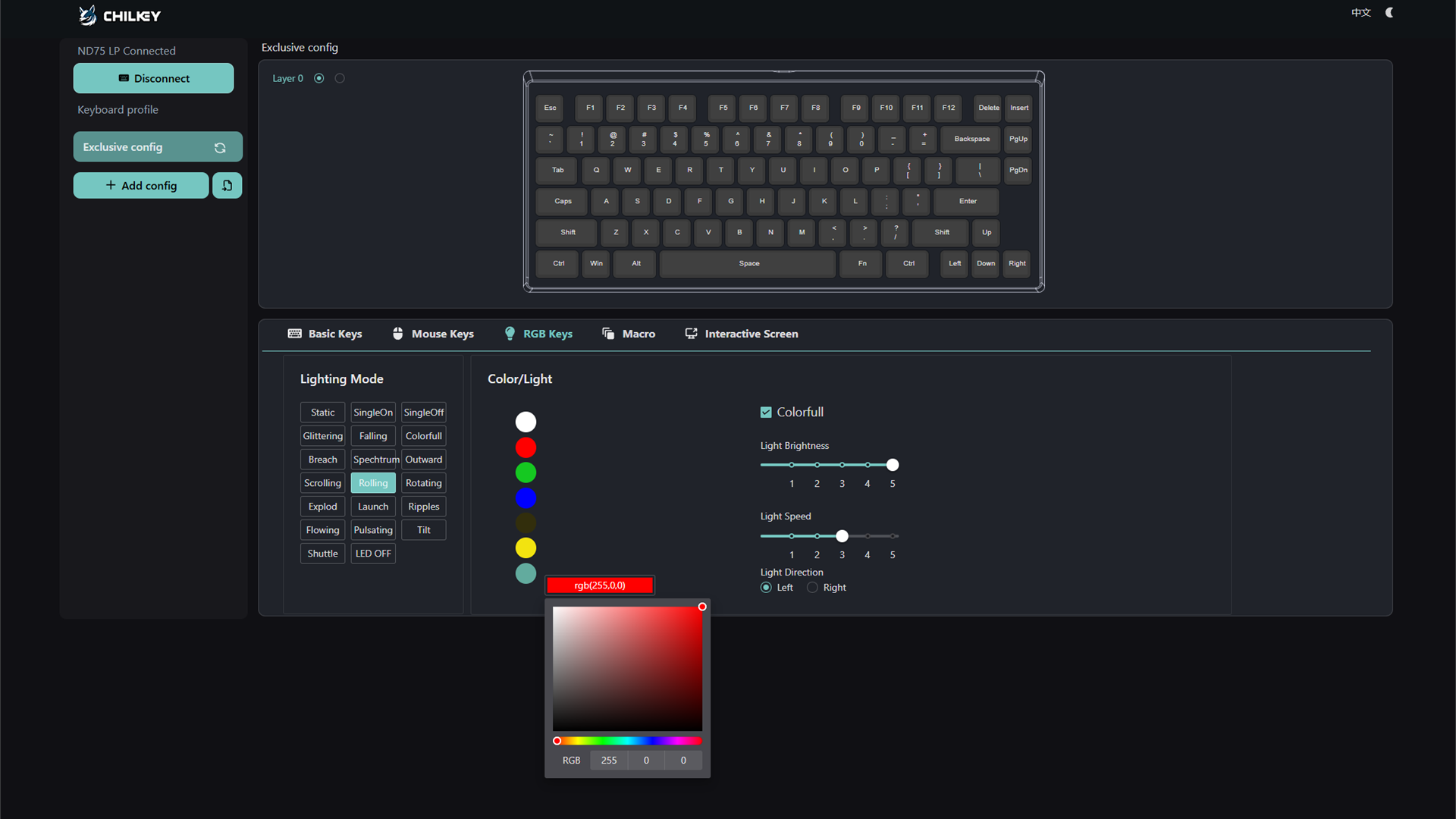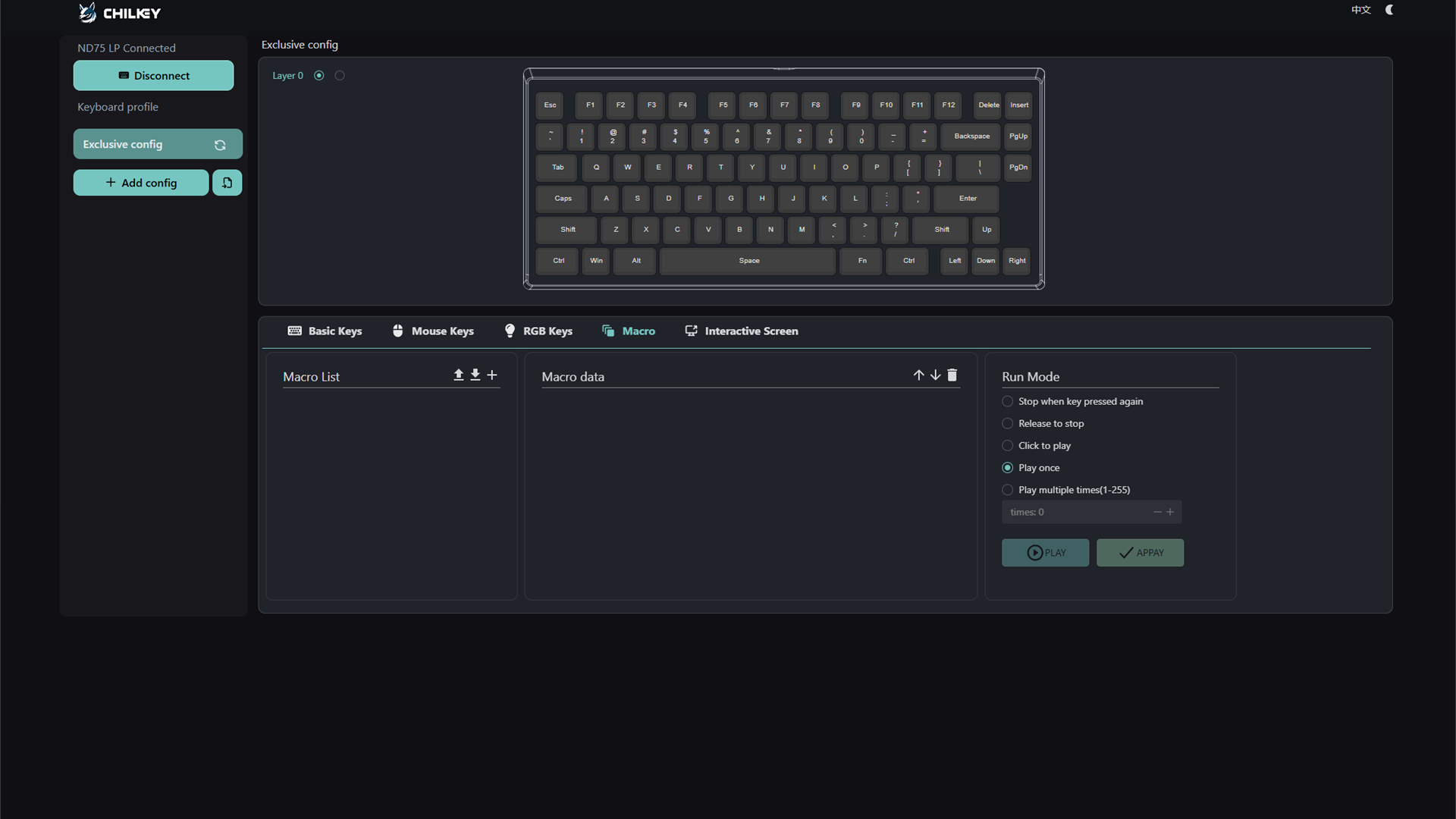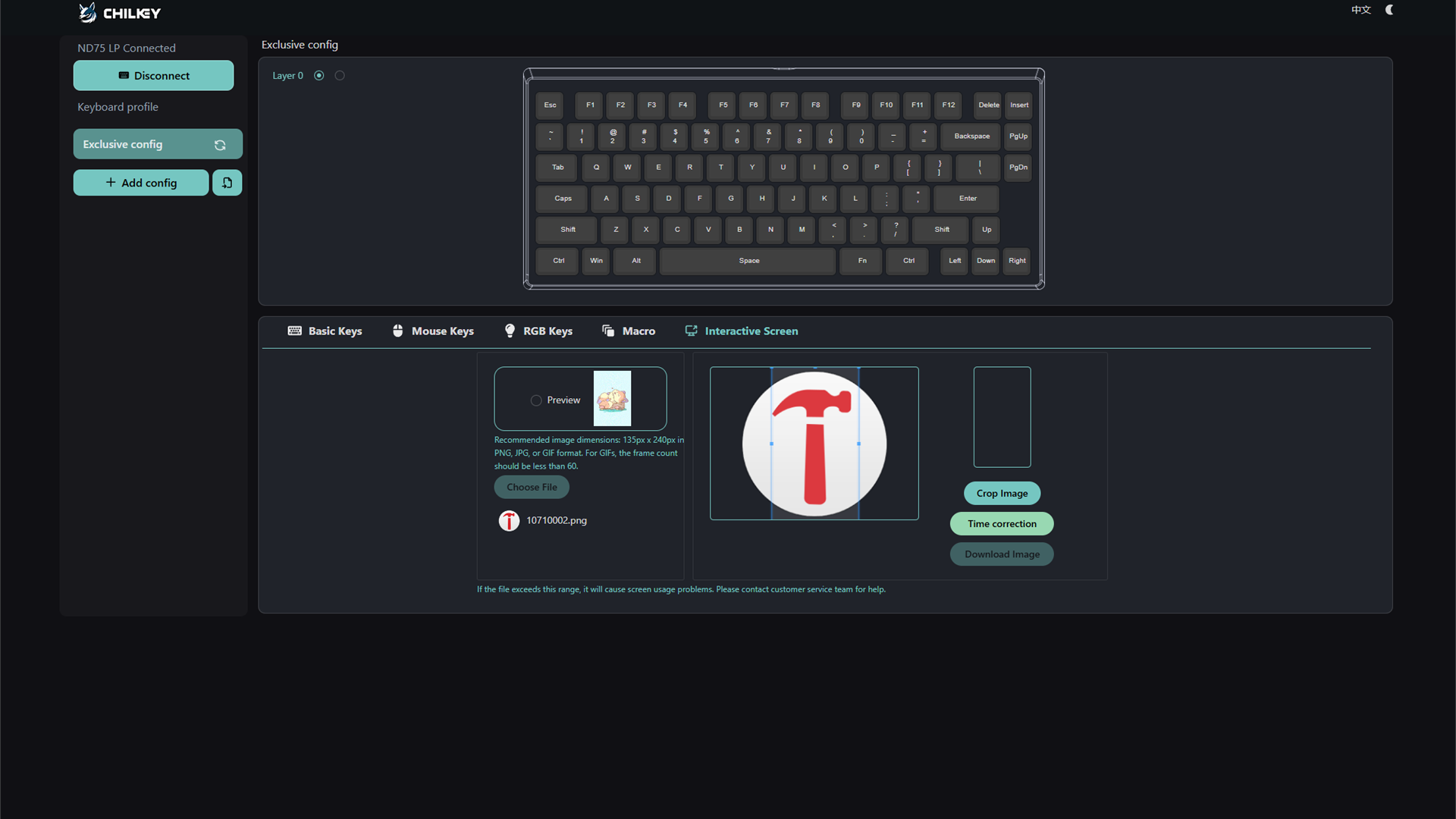Your cart is currently empty!
Chilkey ND75 LP Review: Impressive performance for $100
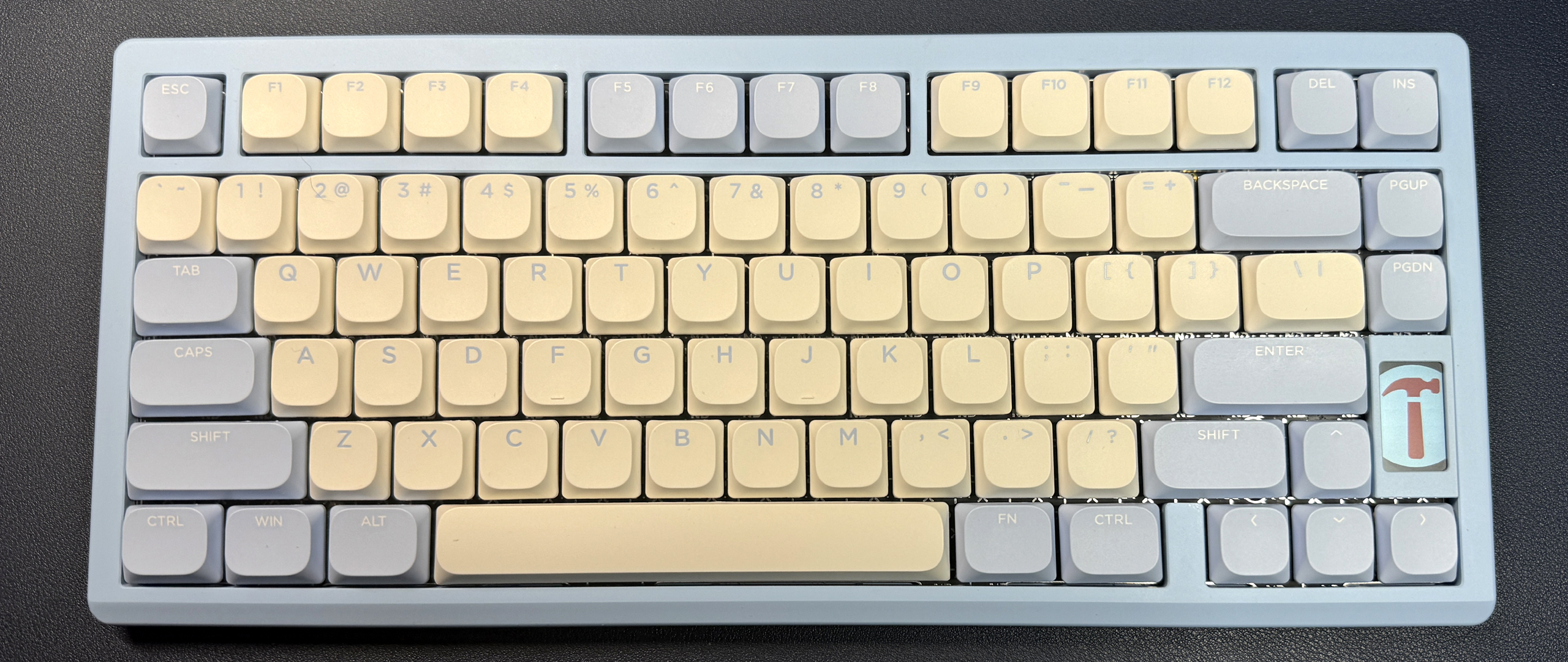
Why you can trust Tom’s Hardware
Our expert reviewers spend hours testing and comparing products and services so you can choose the best for you. Find out more about how we test.
There aren’t a ton of low-profile mechanical keyboards on the market — after all, the best mechanical keyboards are about trying to achieve an amazing typing experience, and low-profile keyboards tend to be about compromising said experience for something slim, lightweight, and travel-friendly. But not everyone wants to travel with a paper-thin Apple Magic Keyboard, so it’s always nice to see a well-built low-profile board that delivers a fantastic typing experience — and it’s even nicer to see one with a sub-$100 price tag.
Chilkey’s ND75 LP is the brand’s popular ND75 keyboard in low-profile form, and it comes with all the bells and whistles: wireless, with a full-aluminum body, double-shot PBT keycaps, a hot-swappable PCB, and tri-mode wireless connectivity. It even has a little LCD screen that shows you the time, battery life, and various settings like system and Caps Lock (and can, of course, be configured to display a picture or gif of your choosing — because that’s important). The ND75 LP is a little heavy to be a travel-friendly low-profile keyboard, but it’s nice to have the option of traveling with something that prioritizes typing feel and sound over portability.
The ND75 LP is available now, for $99 (black and white versions) or $105 (color versions).
Design and Construction of the ND75 LP
The ND75 LP is a wireless low-profile mechanical keyboard with a 75-percent layout, which means it has arrow keys and a function row, but no number pad and only a few of the navigation keys (Del, Ins, PgUp, and PgDn).
It also features a small 1-inch screen on the right side, which shows the time, battery life, and connection status by default and can be used to configure some of the keyboard’s lighting effects. (You can also, of course, upload an image or gif to play on the screen, but we’ll get to that later.)
The ND75 LP is slim and low-profile, but it’s also hefty — it weighs a solid 2.88 pounds (1,305g), which is about 4.5 ounces heavier than the Asus ROG Azoth. It is slim, though, measuring just 1.05 inches (26.6mm) thick at the back and 0.37 inches (9.3mm) thick at the front. The keyboard is 12.68 inches (322mm) wide by 5.45 inches (138.5mm) deep, which makes it just slightly larger than the Nuphy Air75 V2 (12.5 x 5.2 x 0.59 inches / 316.4 x 132.5 x 13.5mm) — though it is, of course, 1.5 pounds heavier than the 1.31lb / 598g Air75 V2. It does have a roomier layout than the Air75 V2 — the function keys are separated into clusters of four, and the arrow keys are offset slightly from the alphanumeric keys.
The keyboard is so heavy because it features a fully aluminum case with a decorative keyboard weight on the back. The keyboard comes in six colors, starting at $99 for pure white and jet black (both of which come with black and white keycaps and black keyboard weights on the back). The more colorful options cost an extra $6: lavender, baby blue, silver, and milk tea (a light orange-beige color). These options all come with matching keycaps and silver keyboard weights on the back.
Our review unit came in baby blue, which has white alphanumeric keycaps with light blue printed legends, and light blue accent keys with white printed legends. It’s an attractive keyboard, with a finely-machined two-part case, thick, double-shot PBT keycaps, and concentric circles etched on the backplate for style.
The back of the keyboard features four small silicone anti-slip feet in addition to the backplate. The feet fit into the grove on the wrist rest, in the event you want to use the wrist rest as a keyboard stand to adjust the board’s typing angle from its standard 6.5 degrees to 10 degrees. This probably isn’t necessary, but it’s a nice touch, especially for people who shy away from full-aluminum mechanical keyboards because they’re concerned about not being able to change the typing angle. It’s not the most advanced solution, but it works well enough.
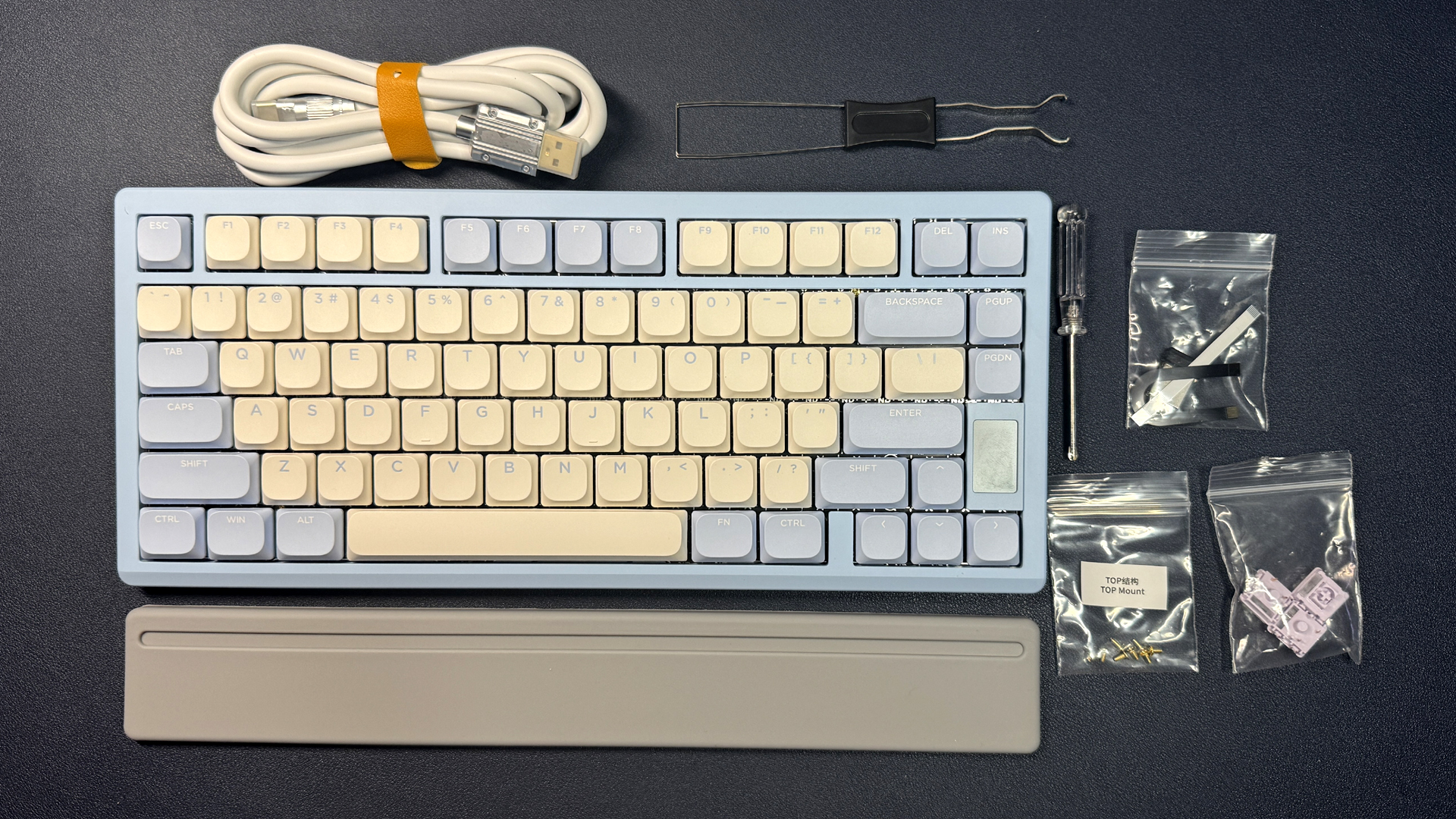
In the box, the ND75 LP comes with a handful of accessories, including a 5-foot rubber USB-C to USB-A cable, a dual keycap/switch puller, and a slim rubber wrist rest. It also comes with a screwdriver, three extra switches, a 2.4-GHz dongle, and the parts you’ll need if you want to switch the keyboard’s mounting system from gasket-mount to top-mount. The company also includes a replacement flexible flat cable, because you can pretty easily rip the one that connects the screen to the PCB if you yank the top cover off too aggressively.
Speaking of which, the ND75 LP’s case is tool-less. The top case is held on magnetically, so all you have to do to open up the keyboard is apply some pressure and pop it off (but not too far off, or that cable will rip). The magnets are fairly strong — I tossed this in my bag and went traveling with it, and not once was I worried the top case might separate or get jostled loose — but it pops off easily enough. (For what it’s worth, the flat cable that attaches the screen is pretty long — you’d be unlikely to accidentally rip it unless you just forgot that there was a screen altogether. Once inside, you can switch the keyboard’s mounting system using the included accessories, or, well, do whatever else you want before you pop the top back on.
Specs
|
Size |
75% |
|
Number of keys |
80 |
|
Switches |
Chilkey Aster (linear, low-profile) |
|
Backlighting |
Yes |
|
Onboard Storage |
Yes |
|
Dedicated Media Keys |
No |
|
Game Mode |
No |
|
Additional Ports |
0 |
|
Connectivity |
2.4GHz wireless, Bluetooth 5.3, wired (USB-C) |
|
Cable |
5-ft, USB-C to USB-A |
|
Keycaps |
ABS |
|
Construction |
Plastic chassis Anodized aluminum top plate |
|
Software |
Chilkey Console |
|
Dimensions (LxWxH) |
12.68 x 5.45 x 1.05 inches / 322 x 138.5 x 26.6 mm |
|
Weight |
2.88lbs / 1,305g |
|
MSRP / Price at Time of Review |
$99 – $105 |
|
Release Date |
Oct. 2024 |
Typing and Gaming Experience on the ND75 LP
The ND75 LP sounds and feels great out of the box — and not just for a budget-friendly, low-profile keyboard. The keyboard features Chilkey’s self-developed Aster switches, which are full POM linear switches with a total travel of 3mm — pretty close to the standard switch travel of 3.5 – 4mm.
The switches have an actuation force of 45g with a bottom-out force of 52g, and are rated for up to 50 million keystrokes. They’re super smooth, thanks to their pre-lubed full POM construction, and, combined with the premium double-shot PBT keycaps, they sound great. The board also features five layers of sound-dampening material inside, and the plate-mounted stabilizers are well-lubed, so you won’t get any hollowness or rattle.
The keycaps have an LSA profile — low-profile, with large, rounded tops that let you slip smoothly between keys while still giving you plenty of room to prevent typos. The rows aren’t sculpted, but I’m not sure that would do much on a low-profile keyboard like this, anyway. The keycaps have a smooth, lightly textured finish, and sound and feel premium. The keyboard does have backlighting, but the keycaps aren’t shine-through — so, while there’s enough light to give you a pretty lightshow, it’s not all that useful for actually seeing the keys, if that’s important to you.
This is a low-profile keyboard, so it’s fairly short in the front (0.37 inches / 9.3mm), but it also comes with a wrist rest… just in case. The wrist rest is small, and can either be used as wrist rest or as a way to angle the back of the keyboard toward you; I’m not sure it’s terribly useful either way, but it’s a nice inclusion — especially on a budget board — and it has a nice, soft rubbery feel.
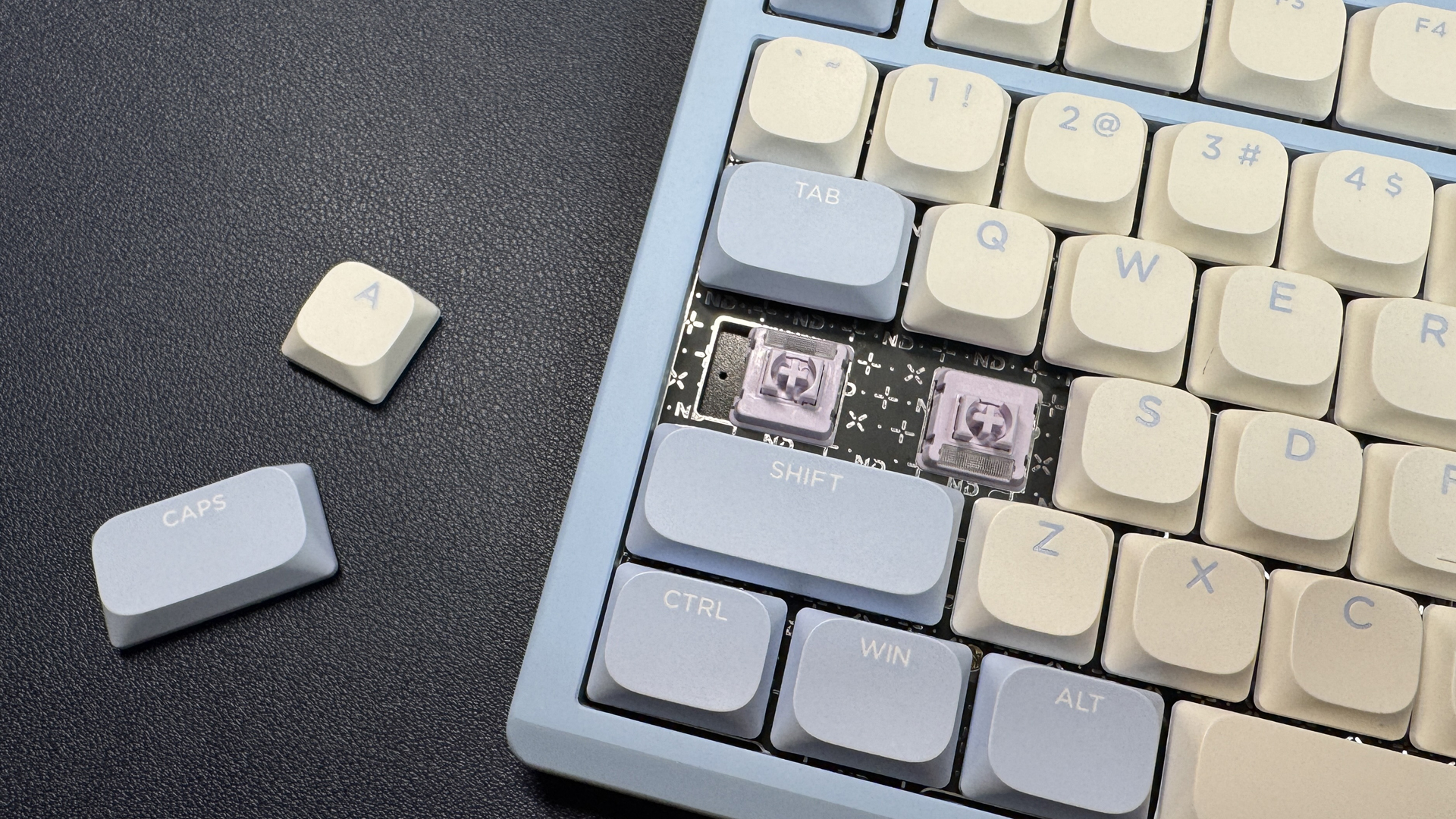
The ND75 LP comes with a gasket-mount structure that’s flexible enough to be comfortable while still delivering crisp, thocky sound. But if you’re looking for even crisper, thockier sound, you might want to switch the board to a top-mount, which you can do by popping the top case off and using the screws Chilkey includes with the board to switch over. It’s a surprisingly easy board to tinker with — not that most boards are difficult, but the magnetic top case is a nice touch.
The ND75 LP features N-key rollover and a 1,000 Hz polling rate over both its wired and 2.4-GHz wireless connections, so while it’s not necessarily designed for gaming it will absolutely work in a pinch. Its low-profile linear switches are also excellent for gaming, as they’re quick and snappy and it’s easy to move around the board quickly. The board’s 75-percent layout also makes it a great gaming option, as it’s not so small you’ll be missing keys, but it’s also not so large you won’t be able to make big mouse swipes on a small desk or table.
Features and Software of the ND75 LP
The ND75 LP is configurable — to some extent — on the board itself using Fn shortcuts and the built-in screen. You can navigate through the screen with Fn + the plus/minus/enter keys, and you can do things like change the keyboard’s lighting effects, color, and brightness. You can also switch connections and system types from this screen. Of course, you can also do these things using Fn shortcuts — you don’t technically need the screen, it’s just a nice thing to be able to look at for confirmation.
As for keymapping, macro recordings, and putting the image or gif of your choice on the keyboard’s screen, you’ll need to use Chilkey’s online configuration software for that. The online software is fairly straightforward:
Connect your keyboard and you can remap keys (two layers), adjust the backlighting, and upload your own picture to the keyboard’s screen. There is a macro recorder, but otherwise the software is fairly basic — remapping is limited to keyboard and mouse functions (and macros), and lighting is limited to preset effects. But it does save directly to the board, and you can make up to three configurations.
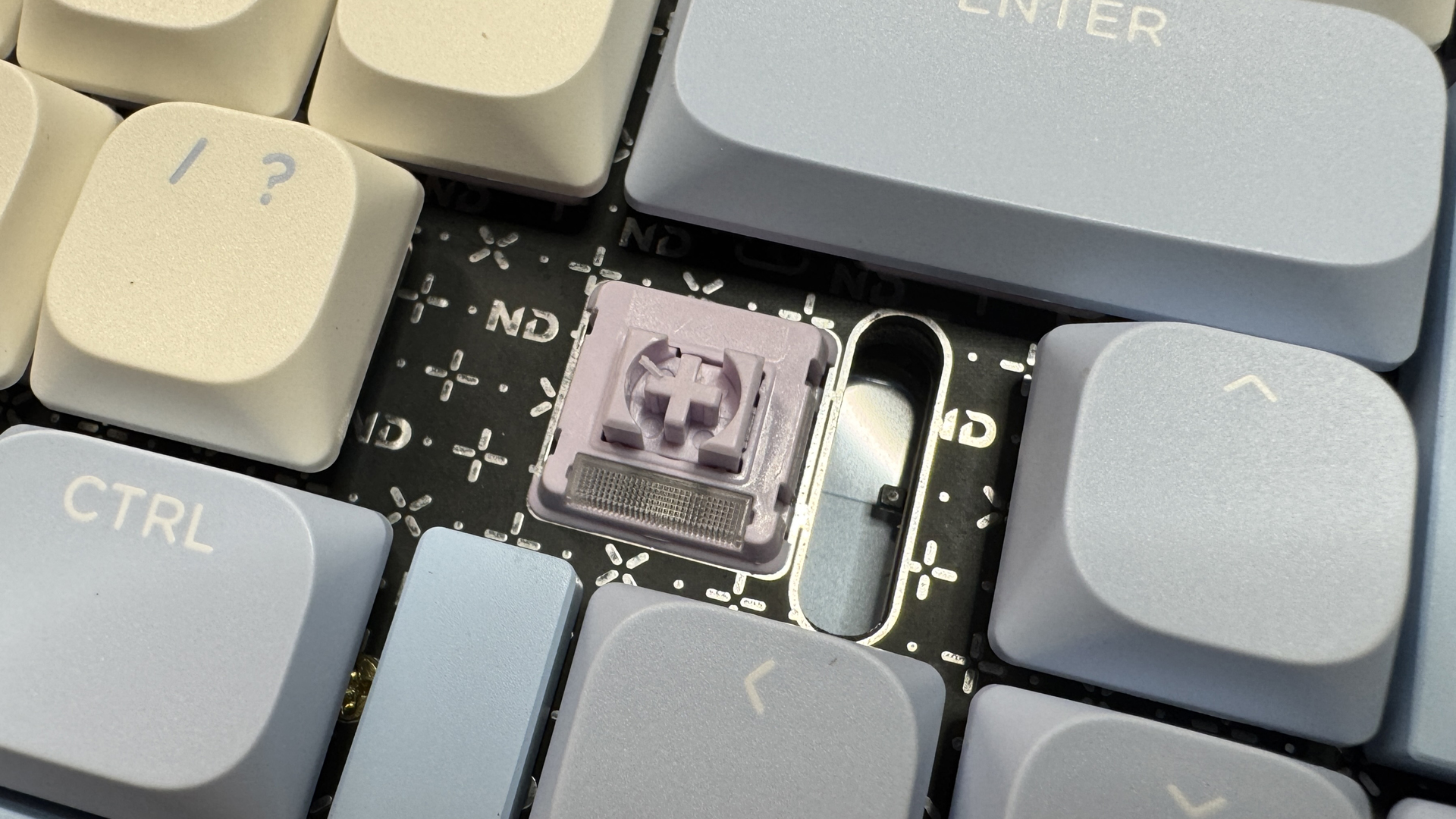
While you can use the screen to switch between connections, you’ll probably just end up using the built-in shortcuts — Fn + Q, W, and E for Bluetooth, FN + R for 2.4Ghz wireless, and Fn + T for wired.
The power switch for wireless connectivity is located under the right shift key, which is a little annoying, especially if you were thinking of traveling with this keyboard. But this is perhaps not the most travel-friendly keyboard — it’s fairly heavy and there’s no place to store the tiny 2.4GHz wireless dongle, so you’ll need to depend on Bluetooth or a wire for connection when you’re on the road.
While this shouldn’t be too much of an issue, I definitely had some problems with the keyboard’s Bluetooth connection — specifically, whenever I connected to another Bluetooth device (such as a mouse or a headset), the board’s Bluetooth would disconnect and then be unable to reconnect for some reason.
This was frustrating mostly because I’d forgotten to bring all but one USB cord with me, so when I was trying to charge my other devices I would occasionally find the keyboard was just no longer connected to my laptop, and then I had to decide whether I was going to type on my laptop’s built-in keyboard or hope my mouse could work on a 5-minute charge.
On top of that, the board’s battery life is not great (especially given its weight). It has two 1,800 mAh batteries, but both the backlighting and the screen will drain those faster. I found the keyboard lasted about one full day of typing (8 – 10 hours), which is… well, not great. It almost makes me wonder if, given the weight and screen, this would have made more sense as a wired-only keyboard (perhaps it would have been cheaper, too).
The Bottom Line
The ND75 LP is a very impressive board for the price — it looks, sounds, and feels like a premium mechanical keyboard, features a customization-friendly magnetic case and hot-swappable PCB, and tri-mode wireless connectivity (sort of) — and it’s under $100 (unless you want it in a pretty color, in which case it’s $105). Other similar low-profile keyboards looking to deliver a premium typing experience, like the Lofree Edge and the Nuphy Air75 V2 are pricier (though they are lighter weight, thinner, and more travel-friendly) — and don’t sound as good.
That said, this isn’t the most travel-friendly keyboard, for more reasons than just its weight. The ND75 LP’s battery life is mediocre at best; its Bluetooth connectivity leaves something to be desired; and there’s nowhere to store the 2.4-GHz dongle. So if you’re traveling with it, it’ll mostly be a wired keyboard. It’s far from the thinnest or lightest low-profile keyboard, and while Chilkey’s Aster switches are excellent, they are the only option — it would be nice to see a tactile switch option, for that ultimate typing experience.
